
Note:Earth Day Founder Gaylord Nelson passed away July 2005 at the age of 89. He believed strongly that education is the key to changing people's attitudes about the environment and he devoted much of his energy to that challenge.
By Senator Gaylord Nelson, Founder of Earth Day
What was the purpose of Earth Day? How did it start? These are the questions I am most frequently asked.
Actually, the idea for Earth Day evolved over a period of seven years starting in 1962. For several years, it had been troubling me that the state of our environment was simply a non-issue in the politics of the country. Finally, in November 1962, an idea occurred to me that was, I thought, a virtual cinch to put the environment into the political "limelight" once and for all. The idea was to persuade President Kennedy to give visibility to this issue by going on a national conservation tour. I flew to Washington to discuss the proposal with Attorney General Robert Kennedy, who liked the idea. So did the President. The President began his five-day, eleven-state conservation tour in September 1963. For many reasons the tour did not succeed in putting the issue onto the national political agenda. However, it was the germ of the idea that ultimately flowered into Earth Day.
I continued to speak on environmental issues to a variety of audiences in some twenty-five states. All across the country, evidence of environmental degradation was appearing everywhere, and everyone noticed except the political establishment. The environmental issue simply was not to be found on the nation's political agenda. The people were concerned, but the politicians were not.
After President Kennedy's tour, I still hoped for some idea that would thrust the environment into the political mainstream. Six years would pass before the idea that became Earth Day occurred to me while on a conservation speaking tour out West in the summer of 1969. At the time, anti-Vietnam War demonstrations, called "teach-ins," had spread to college campuses all across the nation. Suddenly, the idea occurred to me - why not organize a huge grassroots protest over what was happening to our environment?
I was satisfied that if we could tap into the environmental concerns of the general public and infuse the student anti-war energy into the environmental cause, we could generate a demonstration that would force this issue onto the political agenda. It was a big gamble, but worth a try. . .
Read the whole article at http://earthday.wilderness.org/history/





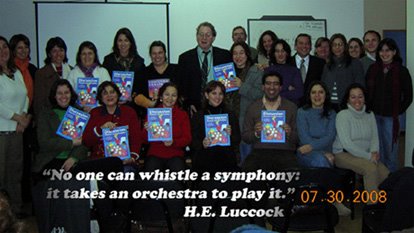

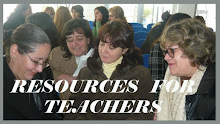








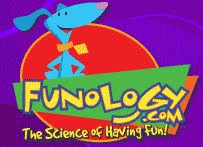




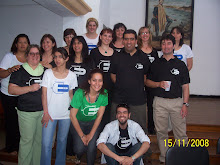







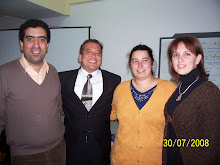

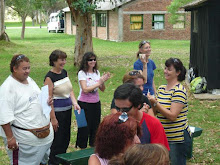



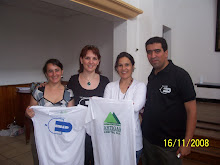

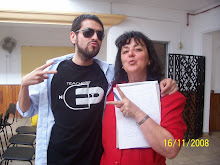


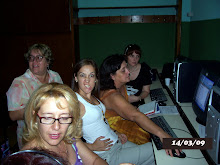

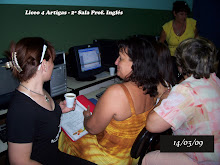

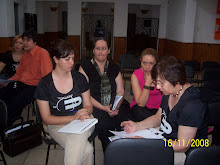
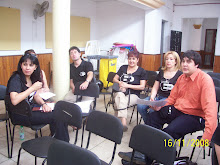

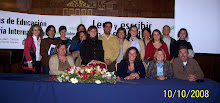



No hay comentarios:
Publicar un comentario